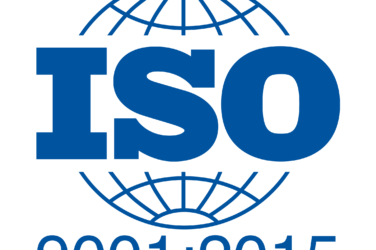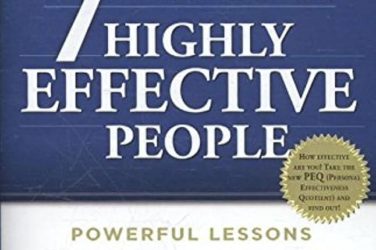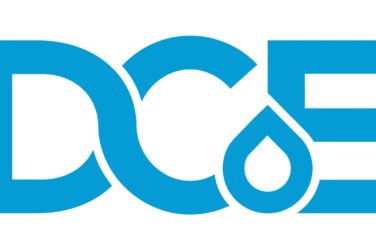I have had the great opportunity to coach very smart interns about agile methodologies in our Summer Internship Hackaton. This is the first time I introduce Agile to developers with very little experience in that methodology, and it’s exciting to see results within just a week of work.
In the first day of the internship, I gave a brief presentation about Agile to the teams – three in total, highlighting the most important benefits of that approach. I used the short book “Scrum: A Breathtakingly Brief and Agile Introduction” as a starting point, and it turned out to be really helpful. That same day we explained the responsibilities of the team roles and the purpose of the rituals (sprint planning, standup meetings, sprint review and retrospective).
Objectives of the daily StandupIn the next days we all started following the rituals, but we adopted the methodology casually, just in a high level, giving time to the team to get familiar with all the artifacts and their responsibilities. I supervised and followed up with the teams to help them prioritize and identify the activities they needed to define in order to accomplish the sprint.
Blake, who is acting as product owner, is being actively involved in the hackaton, clarifying details and writing user stories in cards, which is ideal in an Agile environment because that allows the teams to work at their best performance and it minimizes the risk of wasting time working on things that are not important.
Kanban board with user stories and tasks written in cardsThe teams are using those cards in their kanban boards, but are coming up with more cards to define the specific tasks they need to do to satisfy those user stories. That is so important because they are able to visualize all the work they have to do and help them focus on priorities.
Finally, we just implemented continuous integration and continuous deployment, and enforced their knowledge in Git best practices. Now, they are already minimizing code conflicts and are catching up issues in every push, just before those are even introduced to the testing environments.













